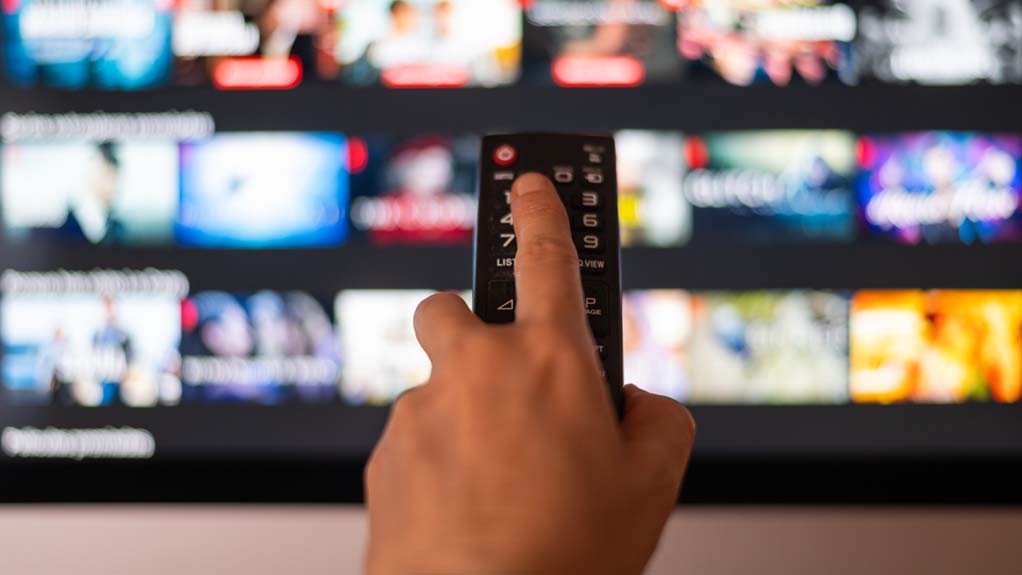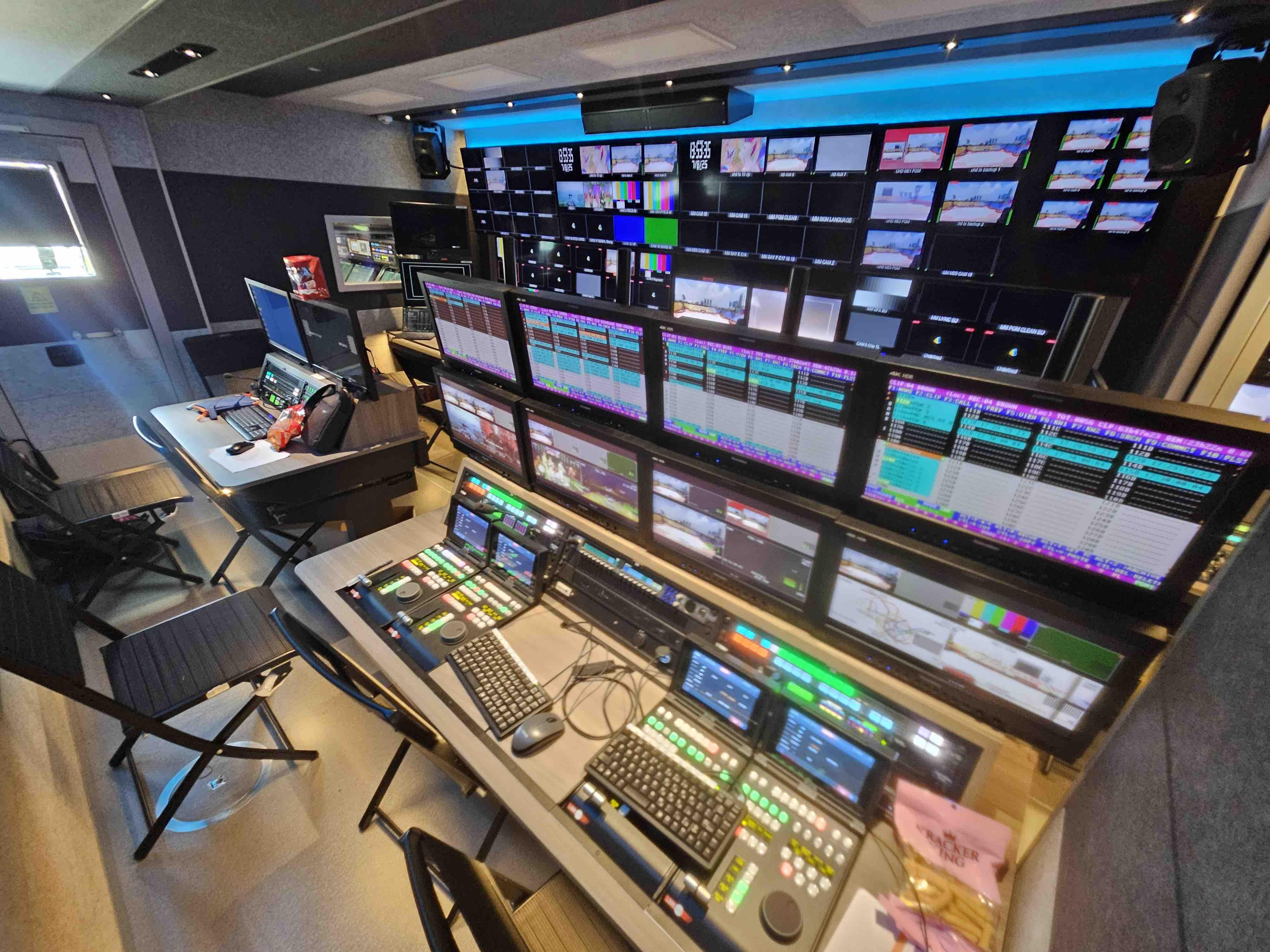Android TV Expected to Dominate Smart, CTV Market by 2030
CTV market to hit 4.2 billion devices by end of the decade

The global installed base of Smart TVs and Connected TV (CTV) devices will reach 4.2 billion units by 2030, growing at a CAGR of 9.6% from 2.65 billion in 2025, according to the latest report from Rethink TV. While Android-based platforms will account for nearly two-thirds of this expansion, the ecosystem is fracturing, with new OS contenders carving out regional footholds and formerly dominant platforms entering decline.
Android TV, Google’s flagship video platform, will expand dramatically, powered by a wave of integrations and sustained retail adoption. But cracks are showing; Chromecast OS is set to vanish entirely by the end of the forecast, and unlicensed AOSP forks are losing favor amid rising content security demands. Meanwhile, HarmonyOS (a forked Android variant developed by Huawei) has quietly built a domestic empire in China, projected to reach 932 million units globally by 2030.
RDK, once heralded as the open-source answer to Android’s dominance, will see its global installed base peak during the period, before contracting to 66.5 million. Its legacy in North American cable deployments is fading, and international traction remains sporadic.
New entrants are capitalizing on this fragmentation. India’s JioTele OS will surge to over 100 million units by 2030, thanks to bundled broadband and retail TV strategies. Titan OS, backed by TP Vision and Vestel, has emerged in Europe as a neutral, ad-friendly Linux platform. TiVo’s Linux-based TiVo OS also emerges, operating in tandem to the Android TV-based TiVo Stream.
Even niche platforms are making noise. ZEASN’s Whale OS, Roku’s white-label rival, is forecast to top 117 million units. Meanwhile, Ventura OS, launched by The Trade Desk to give advertisers more data transparency, looks doomed following the collapse of its Sonos partnership, leaving it without a hardware partner or deployment path.
The shift toward software-led ecosystems means that OS decisions are no longer just about UX – they’re about data, discovery, and monetization. “The OS is where the ad rails live, where the recommendation engines run, and where first-party data is collected,” said Rafi Cohen, Analyst at Rethink TV. “This is no longer a product or UX choice. It’s a hugely political and strategic one.”
Annual smart TV sales will continue to drive growth, climbing to 3.76 billion in 2030, while CTV device sales will decline slightly to 440 million, reflecting a shift toward integrated experiences. This tilt is most visible in mature markets, where HDMI dongles are being displaced by increasingly capable Smart TVs. But in price-sensitive regions, CTV devices still serve as retrofit solutions for legacy screens.
The professional video industry's #1 source for news, trends and product and tech information. Sign up below.
Rethink TV’s forecast draws on extensive modeling of OS-level market shares, OEM partnerships, app ecosystem dynamics, and regional video infrastructure. The report includes projections across five global regions, offering a granular view of where and how each OS will grow, or fall behind. Click here for an executive summary.
